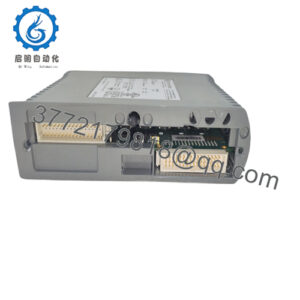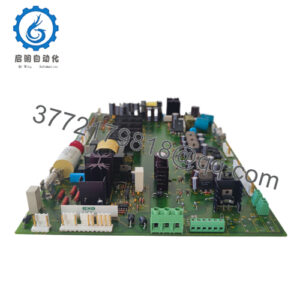Description
| Specification | Detail |
|---|---|
| Model | UR9KH (UR-9KH) |
| Brand / Series | GE Multilin, UR Series Universal Relays |
| Module Type | CPU / Processor module for UR relays |
| Communication Ports | 1 × RS-485, 1 × 10/100Base-T Ethernet RJ-45 (9K rev) |
| Redundant Link Support | Multi-mode 100Base-FX (optional/fiber) |
| Dimensions | ~ 6.5 in × 6.0 in × 2.5 in (≈ 165 × 152 × 63 mm) |
| Weight | ~0.74 kg (740 g) |
| Origin / Manufacturing | Ontario, Canada (GE Multilin) |
| Firmware Versions Supported | From 4.8 to 6.0.x (for 9K revision) |
Applications & Industry Context
Electrical protection, control, and monitoring systems in substations, power distribution networks, and large industrial facilities depend on fast, deterministic relay logic and secure communication. The GE UR9KH CPU module serves as the brain of GE’s Multilin UR series universal relays, enabling protection, metering, logic, and data exchange in mission-critical power environments.
You’ll find the UR-9KH in utility substations and industrial plants where relay schemes must respond quickly to faults, integrate with SCADA, and report status to control centers. In these installations, the CPU module processes analog and digital inputs (via CT/VT modules), runs protection algorithms, and communicates events and statuses over RS-485 or Ethernet links.
In many field upgrades, engineers replace older UR-9J or UR-9G CPU modules with the UR-9KH to leverage its added Ethernet interface without scrapping the entire relay chassis. Thanks to GE’s modular design, the UR-9KH can slot into existing UR relay frames when firmware and hardware revisions are aligned.
The UR-9KH is often paired with CT/VT input modules, output contact modules, power supplies, and communication modules. This modular design allows engineers to build or expand a universal relay cabinet tailored to the protection, measurement, and automation needs of their network.
Product Role & System Fit
As the CPU module in the UR series, GE UR9KH carries the logic, sequencing, data processing, and communications tasks. It’s not a standalone device — it relies on other UR relay modules (CT/VT, I/O, communications) to form a full protection relay system.
The UR-9KH must be matched to CT/VT modules of the same hardware revision generation to ensure compatibility. Older CT/VT modules typically can’t pair correctly with newer CPU modules, and vice versa. It facilitates analog input collection (via CT/VT), protection logic (overcurrent, differential, etc.), logic functions (gates, latches, timers), and digital/analog output actions.
Communications are key. The module supports RS-485 signaling for legacy and field bus integration and also includes a 10/100Base-T Ethernet port in the 9K revision. This additional Ethernet interface allows easier SCADA and remote communication.
Many UR-9KH units also support redundant fiber (100Base-FX) links for high-availability networks.
Because the UR9KH is modular, system integrators can integrate it in mixed network topologies—some fiber, some copper—while maintaining unified relay logic and protection coordination across the system.
- UR9KH
Technical Features & Benefits
Here are the key technical strengths and benefits of GE UR9KH:
- Dual Communication Interfaces — The UR-9KH includes an RS-485 port (for legacy links) and a 10/100Base-T Ethernet RJ-45 port in the 9K revision. This gives flexibility for integration into modern LAN/SCADA networks.
- Redundant 100Base-FX Fiber Option — Many units support multi-mode fiber redundant 100Base-FX ports for resilient communications over long distances or in electrically noisy environments.
- Logic & Protection Execution — It implements protection logic, latching, timers, and other relay functions critical in UR series relays.
- Modular & Compatible Design — Works with CT/VT, IO, and comm modules in the UR relay chassis. The CT/VT and CPU module revisions need to match for reliable operation.
- Field Upgrade Option — Existing UR relay installations using older CPU modules can often be upgraded to UR-9KH to gain Ethernet support and improved performance, while preserving existing I/O hardware.
- Proven Protection Platform — Being part of GE’s Multilin UR line gives access to mature firmware, relay libraries, and parametric settings, with support for field-proven protection schemes.
Engineers often appreciate how the UR-9KH strikes a balance between modern communication capabilities and backward compatibility in relay protection systems.

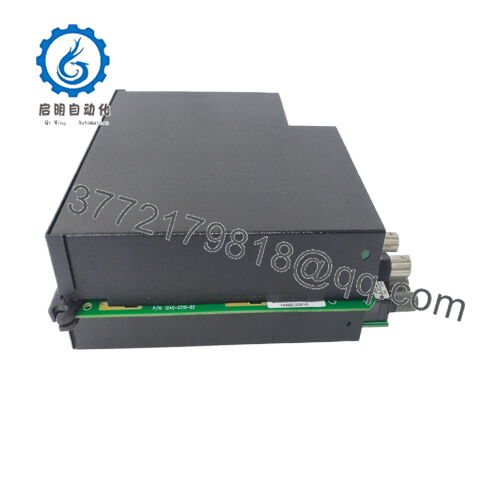
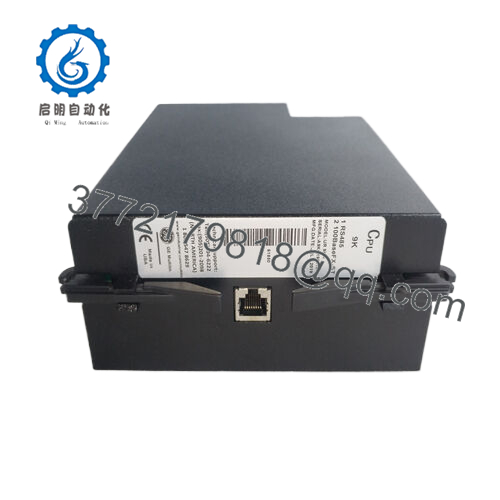
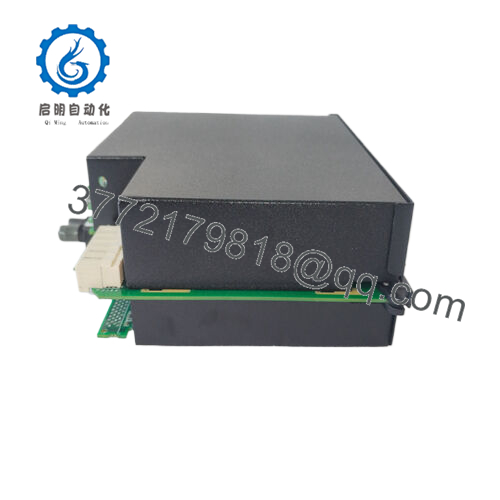

 WhatsApp: +86 16626708626
WhatsApp: +86 16626708626 Email:
Email:  Phone: +86 16626708626
Phone: +86 16626708626